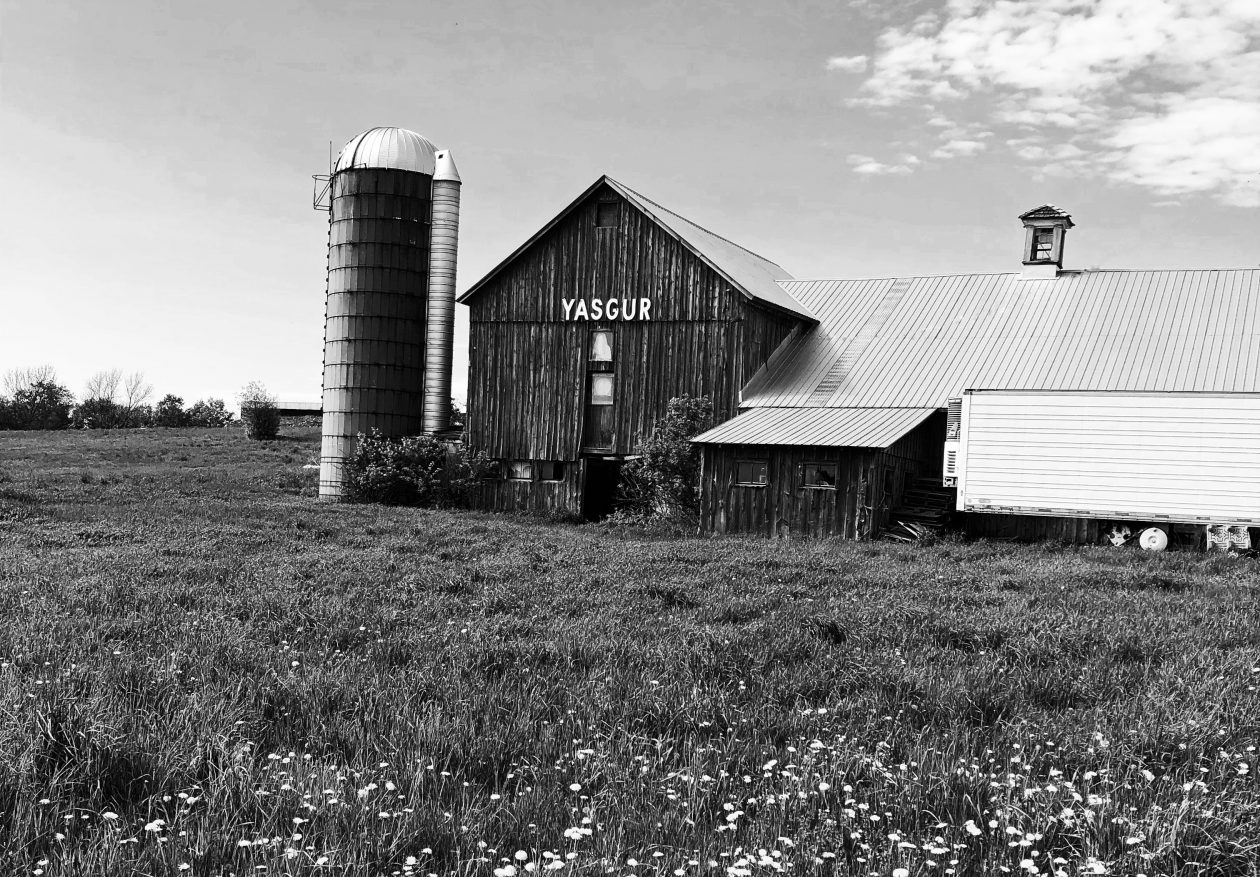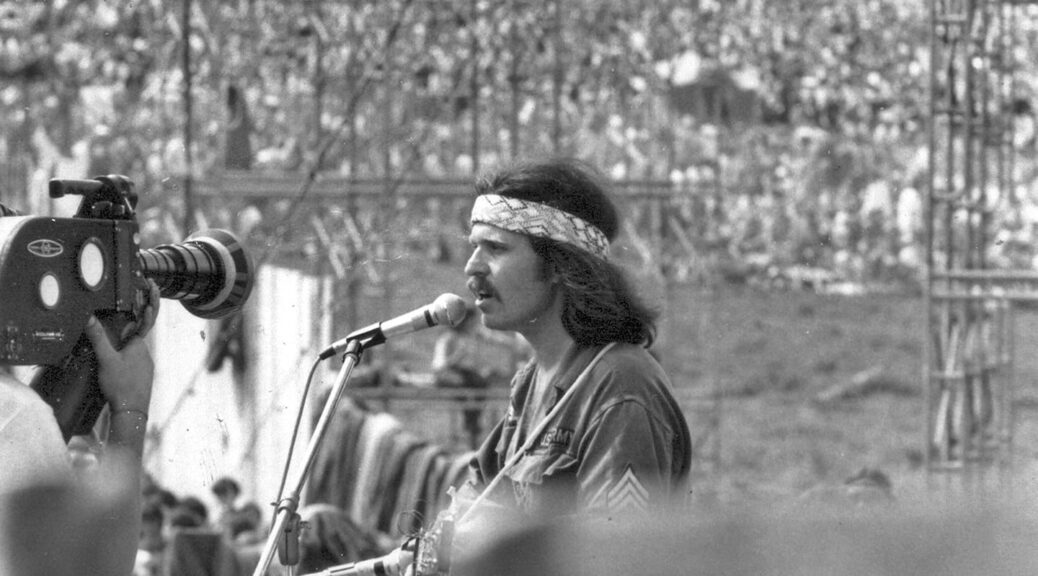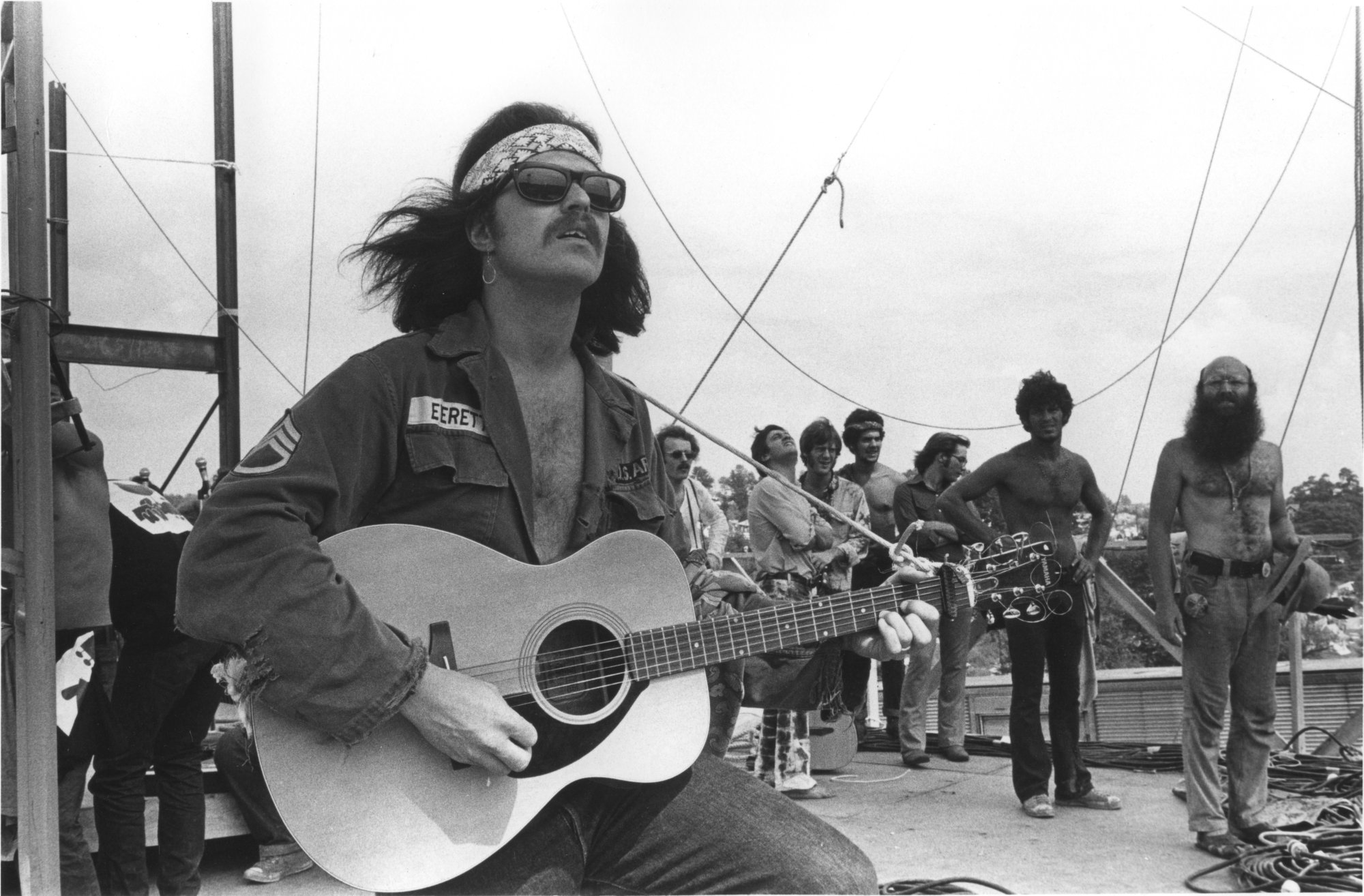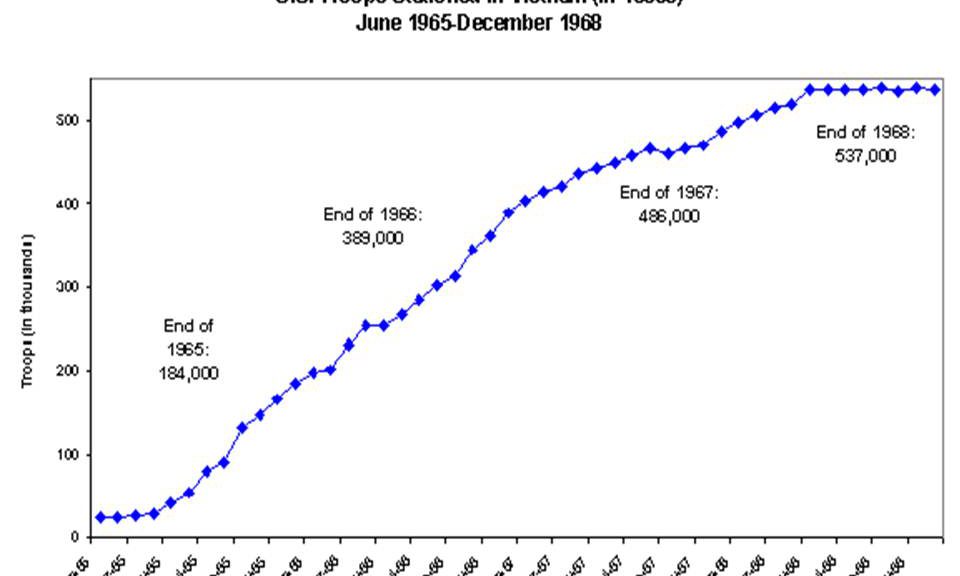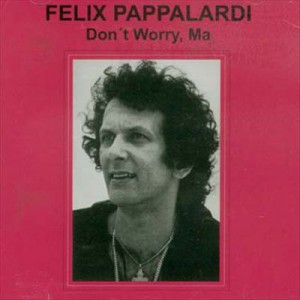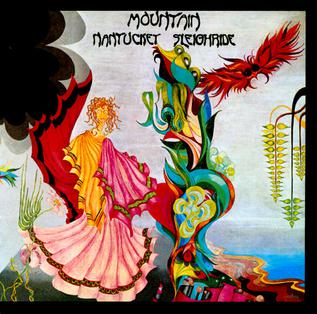Country Joe McDonald
Happy birthday, Joe
Born January 1, 1942
Joe wasn’t scheduled to perform until Sunday with the Fish, but circumstances forced the Woodstock organizers to call a few audibles.
After Quill’s opening set, the crew needed someone to do a few songs to give the them time to set up the next band (Santana). Joe didn’t have a guitar–someone found one for him–and the guitar didn’t have a strap–someone found a piece of rope (see about 1:20 in the video below). He did a 9 song set. The most famous of which was his “Fish Cheer/I Feel Like I’m Fixin’ To Die Rag.”
Country Joe McDonald
California Joe
Joe was born in Washington, D. C., on January 1, 1942, but grew up in the Los Angeles suburb of El Monte, California. where he was exposed to a wide range of music.
Joe moved to Berkeley to go to school, but ended up mainly playing music. In the fall of 1965, the Free Speech Movement on the Berkeley campus organized demonstrations against the war in Vietnam at the Oakland Induction Center, Music was often a part of any 1960 demonstration and Joe and the Fish did that for Berkeley’s.
Country Joe McDonald
Fishy Joe
From Joe’s site: The origin of the name appears to have come from the band’s manager, ED Denson, who coined the phrase drawing from Mao’s saying about “the fish who swim in the sea of the people;” the Country Joe part has numerous variants, the most oft-told refers to Joe’s parents having named Joe for Joseph Stalin, whose nickname during World War II was “Country Joe.”
Country Joe McDonald
Contemporary Joe
Joe continues to write, record, and perform. He has released 37 albums since his start as a solo artist in 1969.
In 2017 he released his most recent album: 50
Country Joe McDonald
In 2007 he toured his “Tribute to Woody Guthrie” show, a mix of music and spoken word. I was fortunate to see one of those shows at Bethel Woods Center for the Arts. There was a Q & A before the show and several of us showed up early to say hello. I did that and I also sincerely thanked him for the once in a lifetime opportunity to yell out FUCK with 400,000 other people.
Here’s a video of Joe discussing his appearance at Woodstock.
